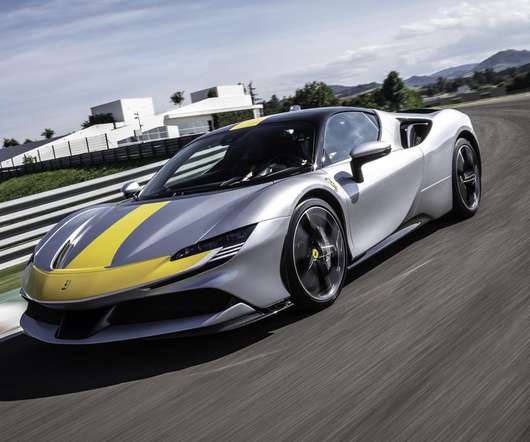New 4-cylinder 2.3L EcoBoost on Lincoln MKC small SUV; future EcoBoost prospects
Green Car Congress
NOVEMBER 17, 2013
Featuring a twin-scroll turbocharger and a three-port integrated exhaust manifold (IEM), the 2.3-liter EcoBoost technology is available in every region Ford serves worldwide, and will be offered on approximately 80% of the company’s global nameplates by the end of this year. Ford specifically engineered the 2.3-liter




















Let's personalize your content